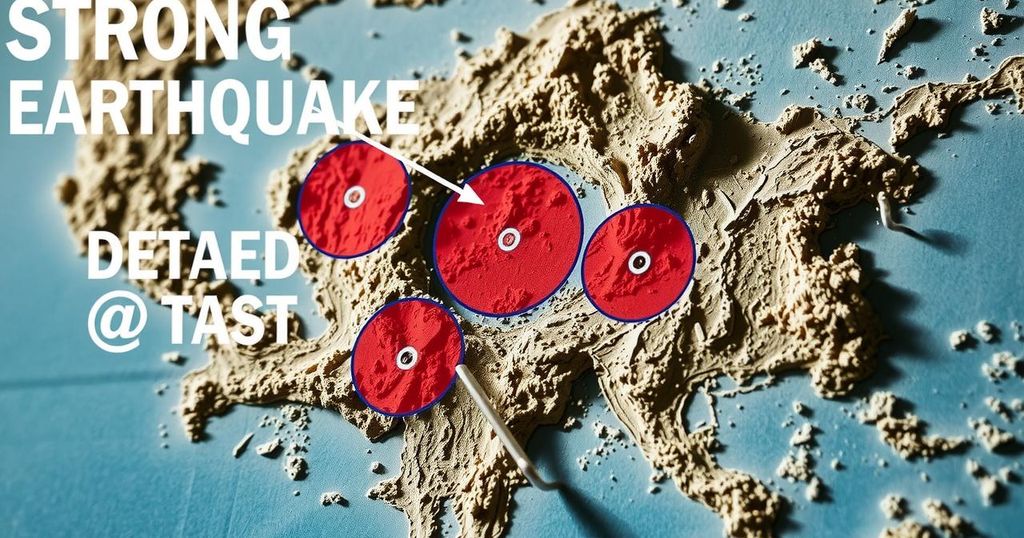Significant Earthquake Activity Reported Across the Americas and Beyond

On January 2, a 6.1-magnitude earthquake occurred in Chile, following a series of seismic events in California, Alaska, and Cuba over recent days. The USGS reported multiple earthquakes of varying magnitudes and depths, highlighting the ongoing activity of tectonic movements across these regions.
On January 2, a 6.1-magnitude earthquake struck Chile, as reported by the United States Geological Survey (USGS). The earthquake’s epicenter was located in Calama at a depth of 99 kilometers (approximately 61.5 miles). At the time of this report, the USGS had documented 25 accounts of individuals who felt the tremor. This incident occurred shortly after a 4.7-magnitude earthquake was observed in California on January 1, with its center near Cobb, at a shallow depth of 1.1 kilometers (about 0.7 miles).
In a chain of seismic activity, a 3.3-magnitude tremor was recorded in Alaska on December 30, with its epicenter in Nikolski, located at a depth of 39.5 kilometers (approximately 25 miles). Prior to that, on the same day, a 3.3-magnitude earthquake occurred in California, centered in Fort Bidwell at a depth of 3.4 kilometers (about 2.1 miles).
The recent seismic events are part of a series of significant earthquakes, including a 6.7-magnitude earthquake in the Kuril Islands on December 27, detected at a depth of 162.6 kilometers (about 101 miles). This was preceded by a 3.6-magnitude earthquake recorded in Alaska on December 26, originating in McCarthy at a depth of 8.1 kilometers (around five miles).
Moreover, the activity traces back to December 25, when a 3.0-magnitude earthquake was reported in California, specifically in Clayton, at a depth of 13.2 kilometers (approximately 8.2 miles). Days before that, Cuba experienced a 5.9-magnitude earthquake on December 23, centered in Guisa, at a depth of 22.2 kilometers (about 13.8 miles).
The report covers a sequence of significant earthquakes that have impacted various regions, emphasizing the ongoing seismic activity across multiple locations. The United States Geological Survey (USGS) plays a critical role in monitoring and reporting these seismic events to provide timely information about their occurrence and potential impact. As earthquakes continue to present challenges worldwide, understanding the patterns and implications of such events remains essential.
The seismic activities reported from Chile, California, Alaska, the Kuril Islands, and Cuba illustrate a notable pattern of earthquakes occurring within a short period. The capacity of the USGS to monitor and report these events is crucial in raising awareness and preparing communities for potential aftershocks and future seismic occurrences. Continuous observation and research into these phenomena are needed to ensure safety and preparedness in affected regions.
Original Source: 985thecat.iheart.com








